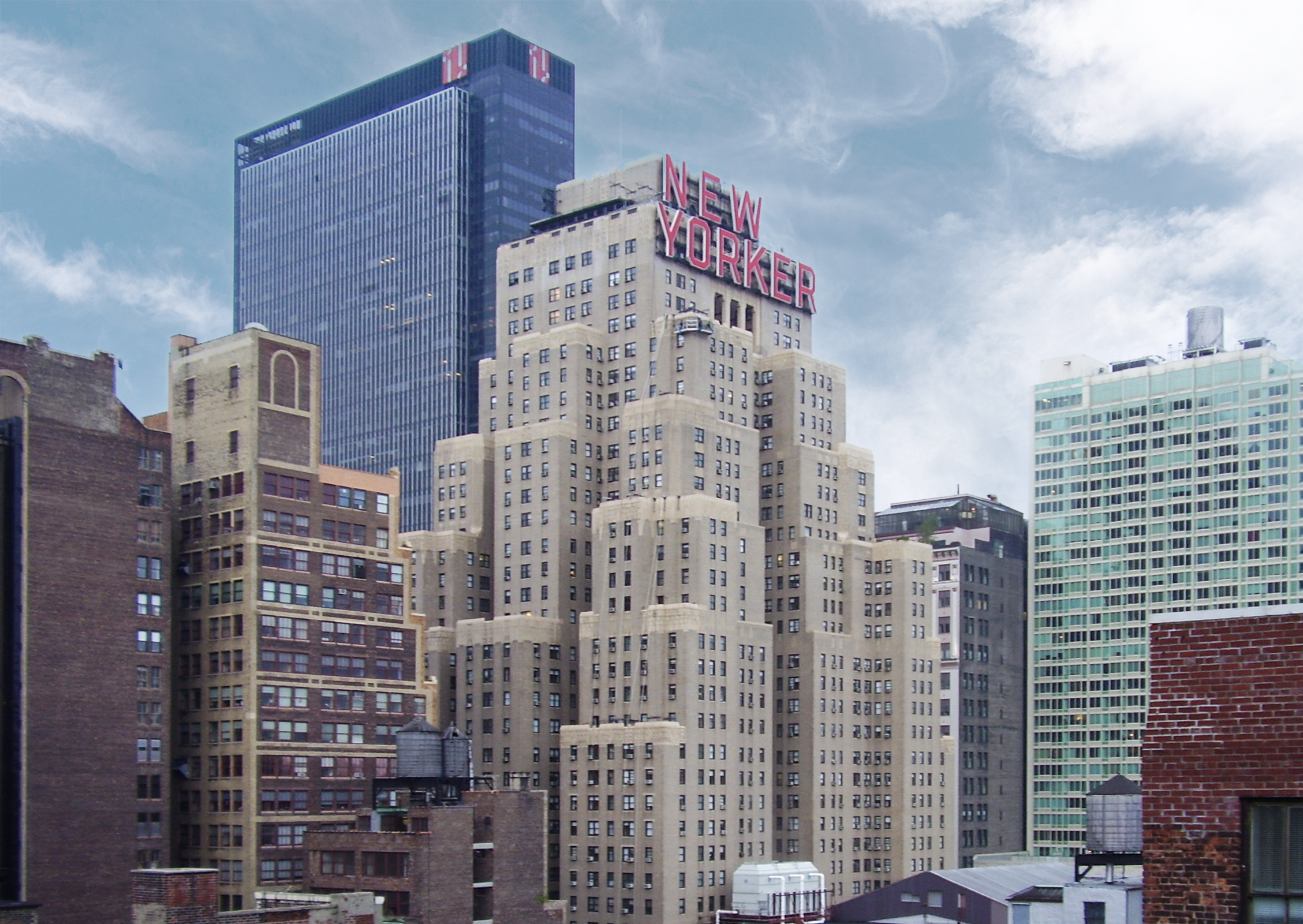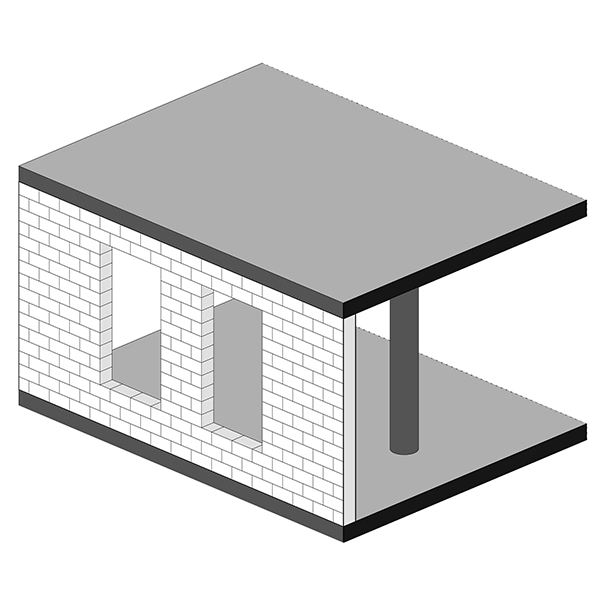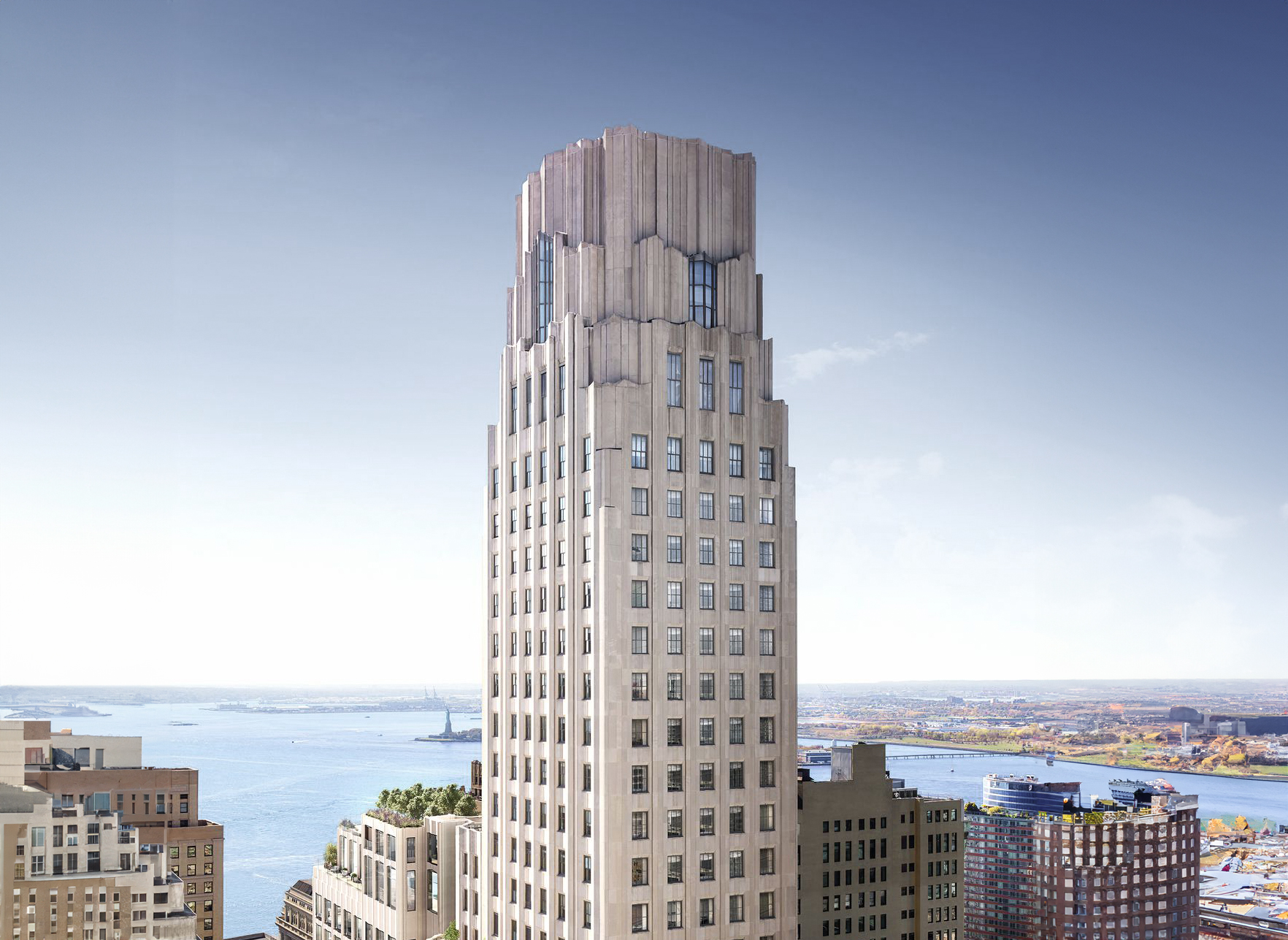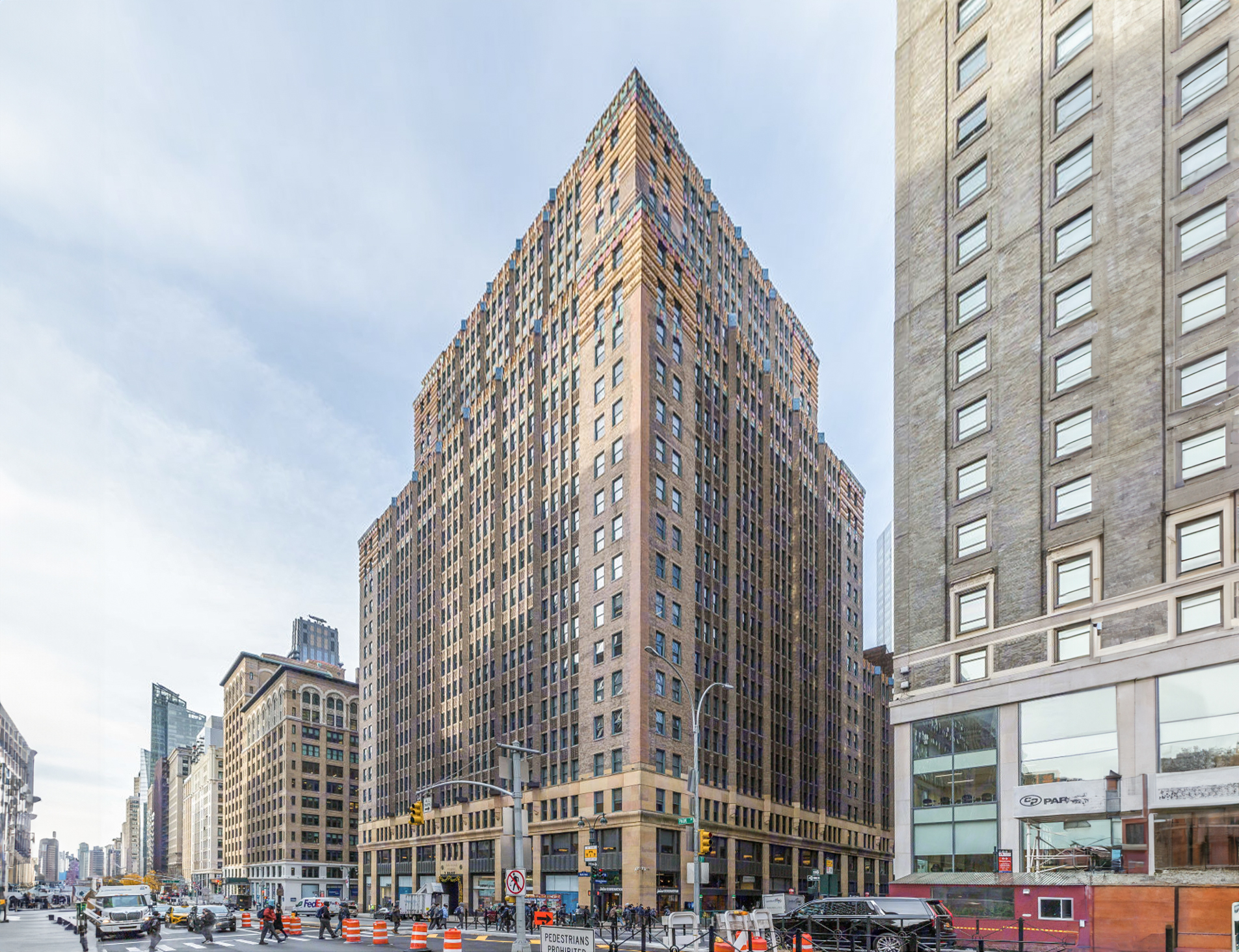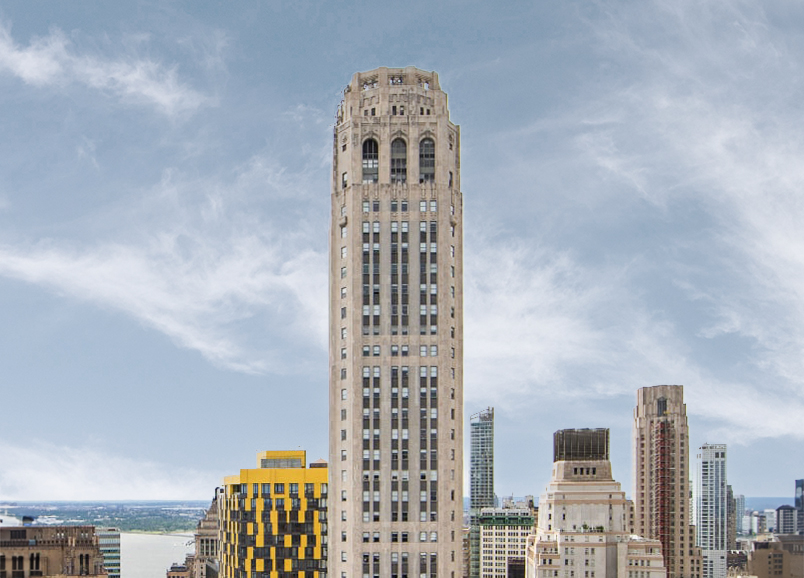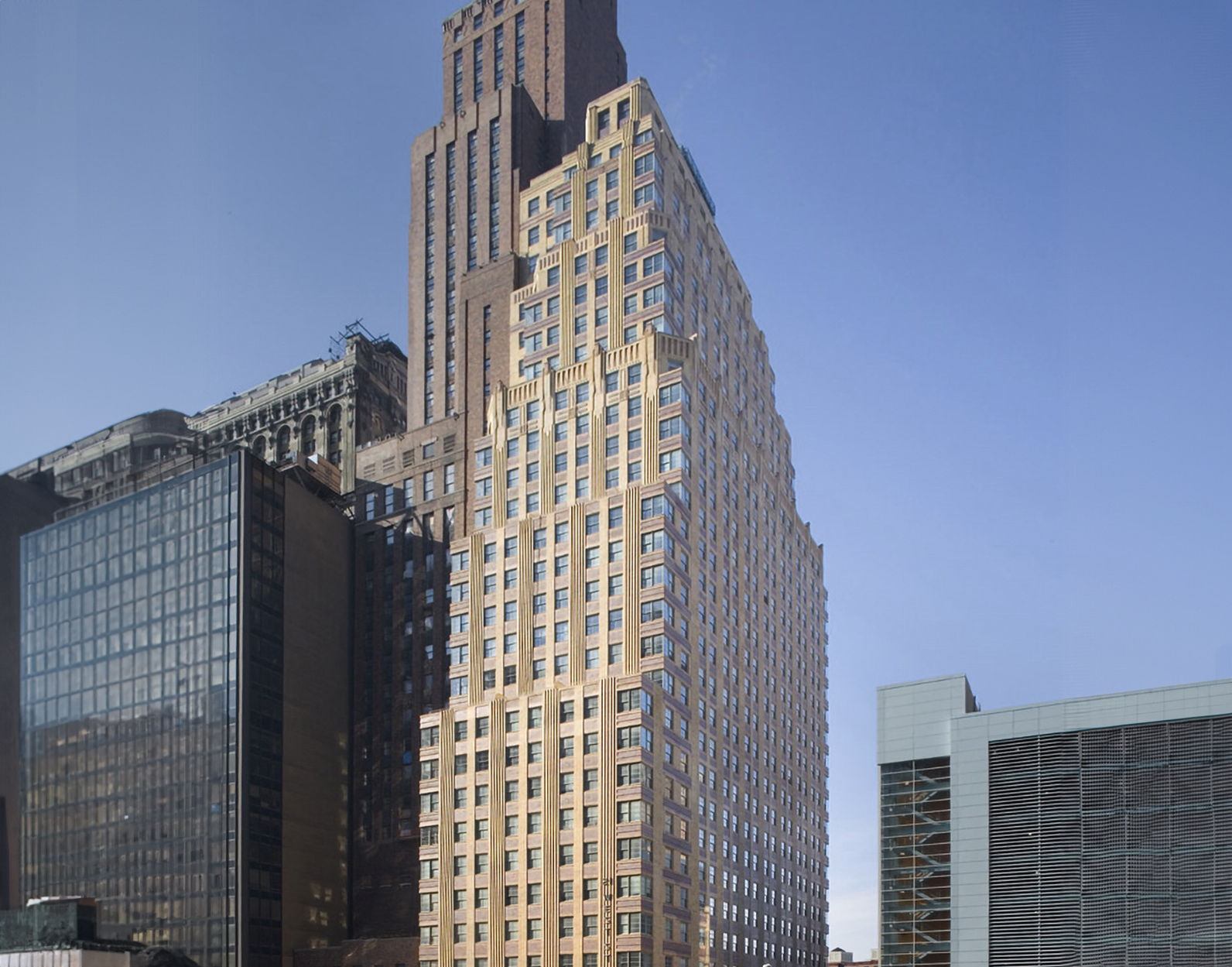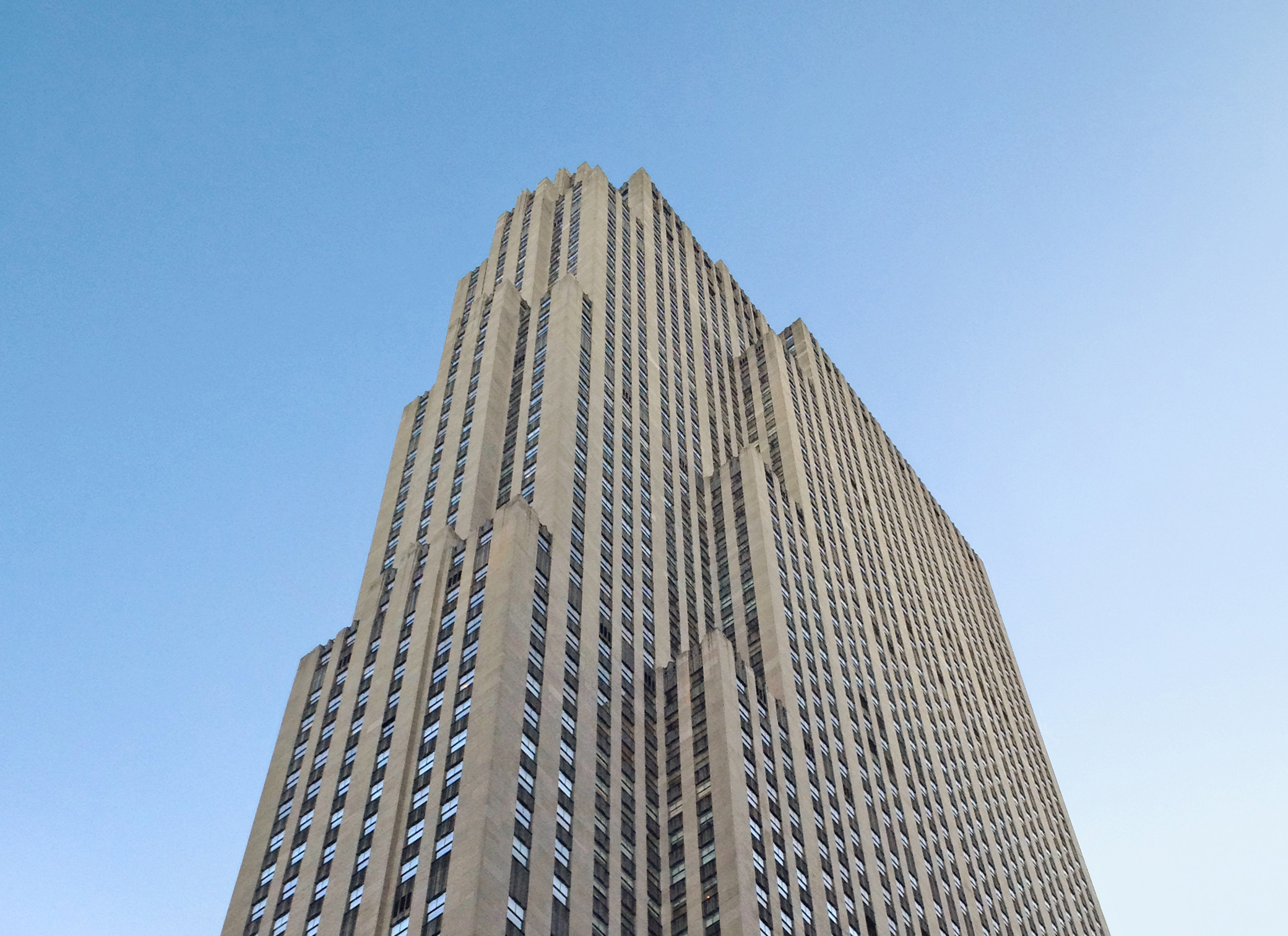The Wyndham New Yorker Hotel is an Art-deco skyscraper designed by Sugarman and Berger, and built between 1928 and 1929, for a reported $22.5 million dollars, in New York, NY.
Its precise street address is 481 Eighth Avenue, New York, NY. You can also find it on the map here.
At the time of its completion in 1929 the Wyndham New Yorker Hotel incorporated solutions that were quite advanced at the time, these included a power plant and a boiler room in its basement, which was an early example of a cogeneration plant. The hotel was also amongst the first to have a radio receiver in each room.
The building has been restored 2 times over the years to ensure its conservation and adaptation to the pass of time. The main restoration works happened in 1999 and 2009.
